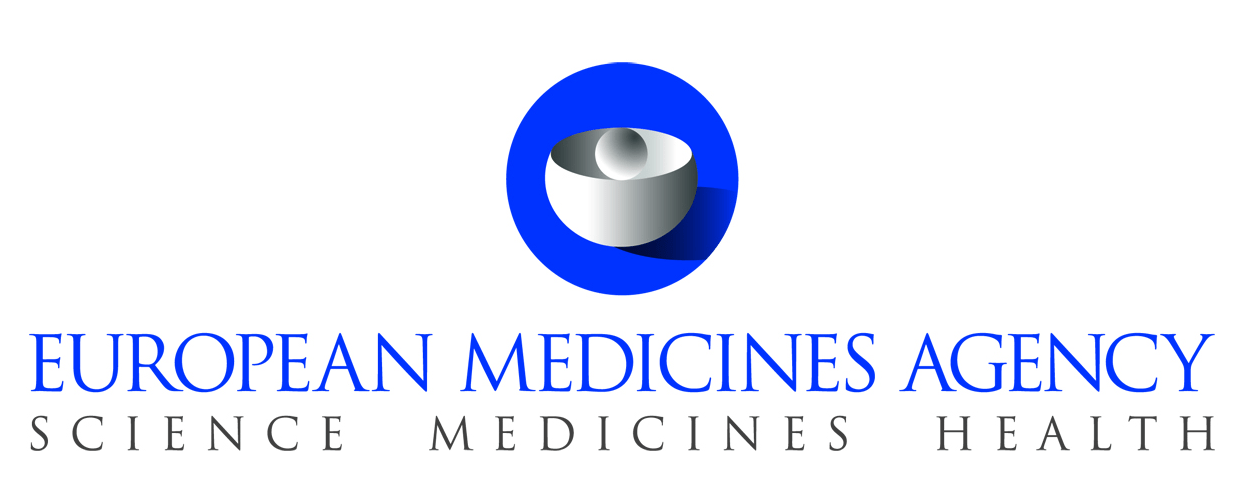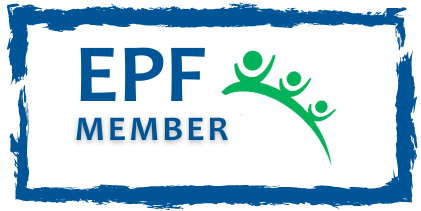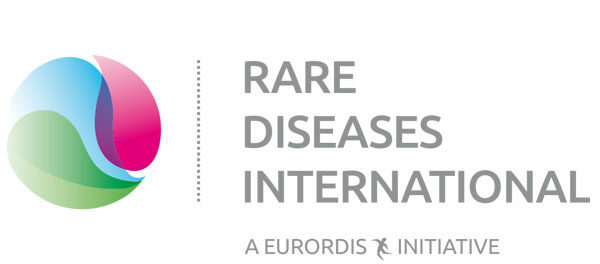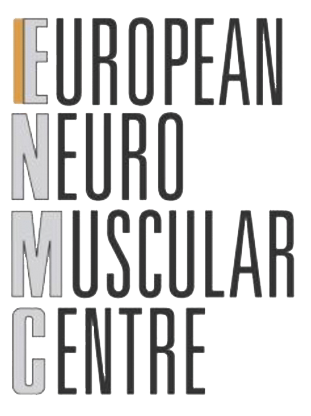#apaperaday: Investigating the Impact of Delivery Routes for Exon Skipping Therapies in the CNS of DMD Mouse Models
In today’s #apaperaday, Prof. Aartsma-Rus reads and comments on the paper titled: Investigating the Impact of Delivery Routes for Exon Skipping Therapies in the CNS of DMD Mouse Models.
The pick is from Cells by Saoudi et al on ways to deliver ASOs of different chemistries via different delivery methods for brain exon skipping. Doi 10.3390/cells12060908.
Duchenne affects muscle and brain. In the BIND project different aspects of brain pathology are studied including exon skipping in mouse models to restore dystrophin in the brain. As oligonucleotides do not cross the blood brain barrier local delivery is needed.
This can be done in multiple ways as was studied here. Authors used the mdx52, which has a deletion of mouse dystrophin exon 52 & needs exon 51 skipping. First authors compared unlilateral or bilateral injections into cerebral ventricular space (ICV) using tricyclo DNA (tcDNA).
Bilateral worked better with 6 times more exon 51 skipping. Authors also compared PMO (morpholino) with tcDNA where tcDNA resulted in higher exon skipping levels after ICV injections despite lower doses used. Authors compared a slow and fast bolus for tcDNA but saw no difference.
Repeat delivery with ASOs increased exon skipping levels. However higher doses (2 mg) of tcDNA were not well tolerated. Finally authors tried intrathecal delivery at the top of the spinal cord (cisterna magna). This was less efficient than ICV for both tcDNA and PMO.
I commend the authors for doing all these comparisons and publishing them all rather than only an optimized protocol.







